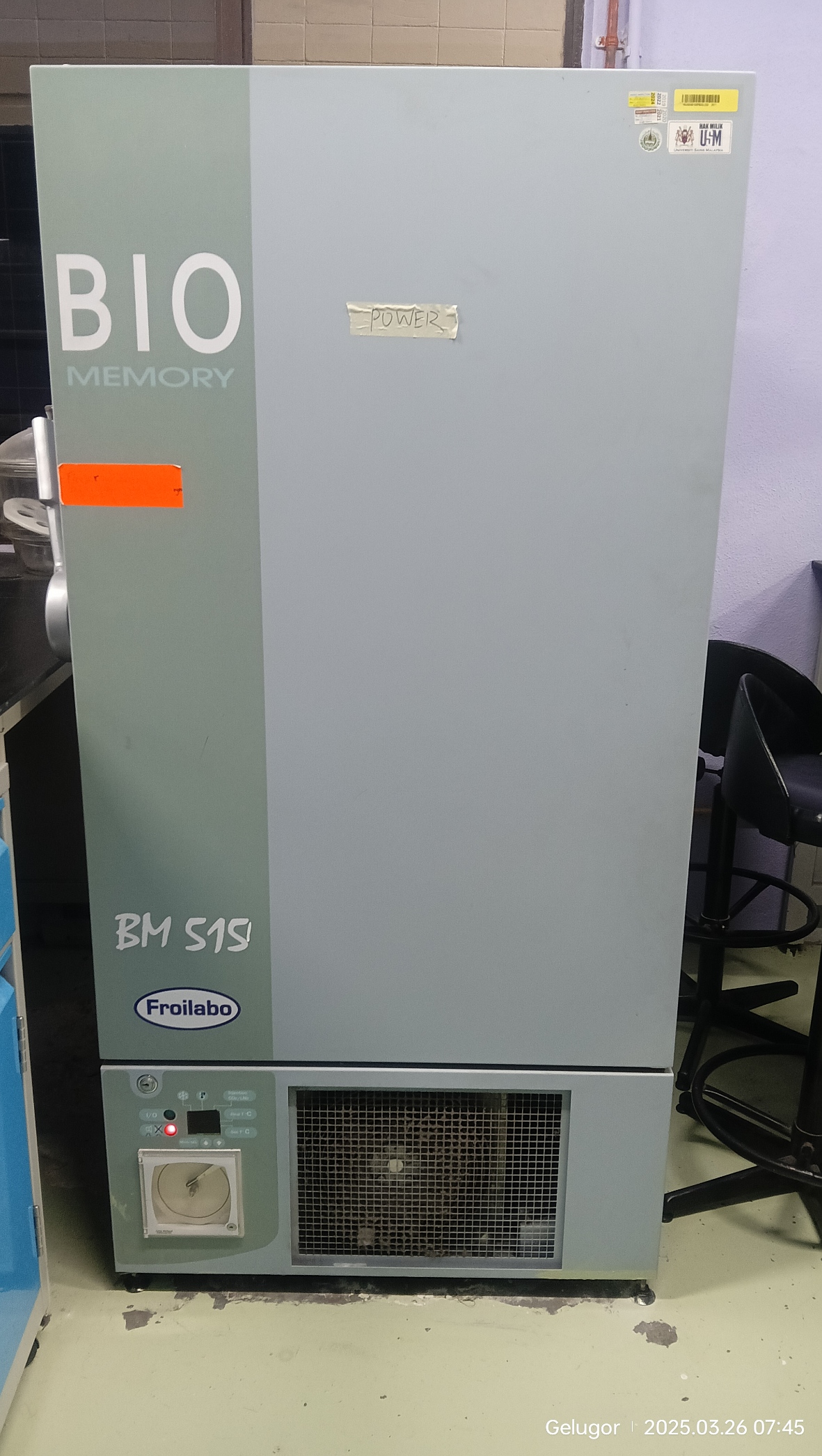


Laboratory Equipment & Services Information System
by Centralized Laboratory Management Office (CeLMO)

A Deep Freezer (-80°C) is an ultra-low temperature (ULT) freezer designed for long-term storage of biological and medical samples at extremely low temperatures. These freezers are commonly used in laboratories, hospitals, and research facilities for preserving sensitive materials such as vaccines, blood samples, DNA, RNA, enzymes, and pharmaceuticals.
A Deep Freezer (-80°C) is used for the long-term preservation of biological, medical, and scientific samples in ultra-low temperatures. It prevents degradation, contamination, and loss of sample integrity by maintaining a stable freezing environment.
1. Medical & Clinical Use
Storage of vaccines, plasma, blood samples, and biomedical products in hospitals and laboratories.
Preservation of tissue samples and organs for transplantation or research.
Long-term freezing of pharmaceutical drugs and diagnostic reagents.
2. Research & Biotechnology
Preserving DNA, RNA, enzymes, and proteins for molecular biology research.
Storing bacteria, viruses, and cell cultures in microbiology and genetic studies.
Long-term cryopreservation of experimental samples.
3. Pharmaceutical & Industrial Applications
Maintaining stability of drug formulations during testing.
Storage of chemical reagents and raw materials in the biotech industry.
Testing product durability under ultra-low temperatures.
4. Food & Agriculture Research
Preserving seeds, agricultural samples, and food specimens for research.
Storage of probiotics, bacteria, and fungi for food science studies.
5. Forensic & Environmental Science
Freezing forensic evidence (e.g., tissue, hair, fluids) for criminal investigations.
Preserving environmental samples (e.g., soil, water, ice cores) for climate research.
How to Use a Deep Freezer (-80°C):
Prepare the Samples – Ensure samples are properly labeled and sealed in cryogenic tubes or vials.
Arrange in Storage Racks – Use freezer boxes and racks to organize items efficiently.
Set the Temperature – Adjust to -80°C using the digital control panel.
Monitor Temperature – Regularly check the display or data logging system for stability.
Avoid Frequent Door Openings – Minimize exposure to maintain internal temperature.
Perform Routine Maintenance – Clean the filters, check door seals, and defrost periodically.
Emergency Backup Plan – Ensure an alternative power source in case of power failure.
- Manufacturer
- Brand
- Frolaibo
- Model
- BM515
- Year Manufactured
- Year Procured
- 2011
- Department
- PUSAT PENGAJIAN SAINS KAJIHAYAT
- Location
- G09a-113
- Date Registered LESIS
- 26/03/2025
- Category
- Function
- Category
- Self operated
- Equipment Status
- Good
Person In-Charge


